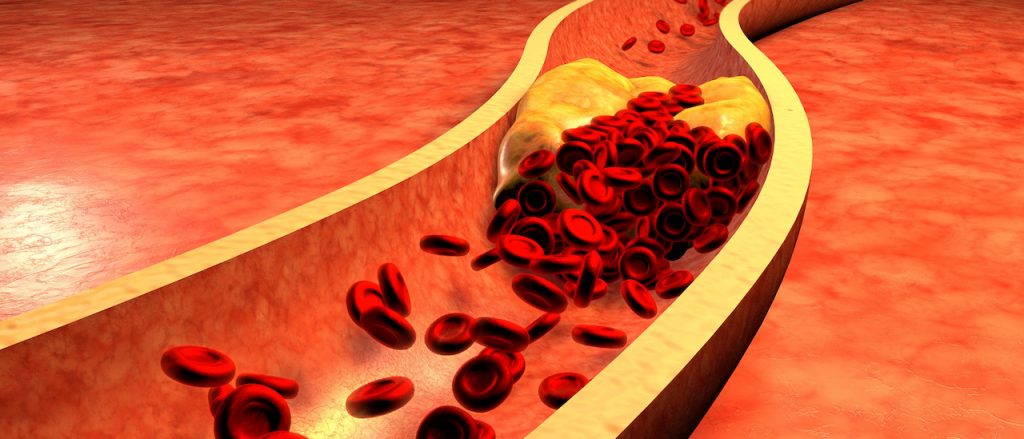how do you treat it?
Peripheral artery disease, or PAD, is caused by a blockage of the blood flow that brings oxygen and nutrients from the heart to feed the body. It usually happens more in the legs. A lot of times it’s overlooked by people because they might have aches and pains in the legs, and may have peripheral artery disease, but they think it could be neuropathy or arthritis or a muscle cramp. PAD usually happens in people over 60, and risk factors include diabetes, smoking, a history of heart disease, high blood pressure or family history of peripheral artery disease.
When someone has symptoms, they should get screening tests by their doctor to check for peripheral artery disease. If the doctor finds a significant blockage, then the patient can see a specialist like me to investigate further. The best initial treatment is changing the lifestyle: stop smoking, control diabetes, eat nutritious food, exercise regularly. The next step is medication that can help improve blood flow around the blockage. If that doesn’t help, the next stage of care includes tests like an angiogram, which is a process of putting a small catheter into the blood vessels in the legs and taking a picture.

Results Are Easy To Obtain
If the blockage has become a long blockage, completely blocked or has too much calcium, then it requires bypass surgery. In my practice, I would say less than 5 percent of patients need surgery. Most of the time, we can do a procedure called endovascular, which is treatment through the catheter without cutting. The endovascular treatment has many choices: you can put a balloon in to open up the plaque and then take the balloon out and leave the blood vessel open; or you can put a stent in if the blockage is not responding to the balloon; you can do a “Roto Rooter” and cut the plaque into micro-size pieces and they’re absorbed into the system; or you can use a laser to open up the blockage in some situations. Endovascular is an outpatient procedure; it doesn’t have to be done in the hospital. At our outpatient surgical center, a patient can go in and we perform an angiogram and treatment, if necessary, and they can get sent home the same day.
Awareness by patients about peripheral artery disease is important. I have treated peripheral artery disease for over 25 years, and I have good success rates with the treatment as outpatients. I would like to see the patient in the early stage because if they’ve got a bad blockage, it’s more difficult to take care of and the outcome may not be as good as when the disease is discovered early. If anyone comes directly to me, I’d be happy to provide the care.

